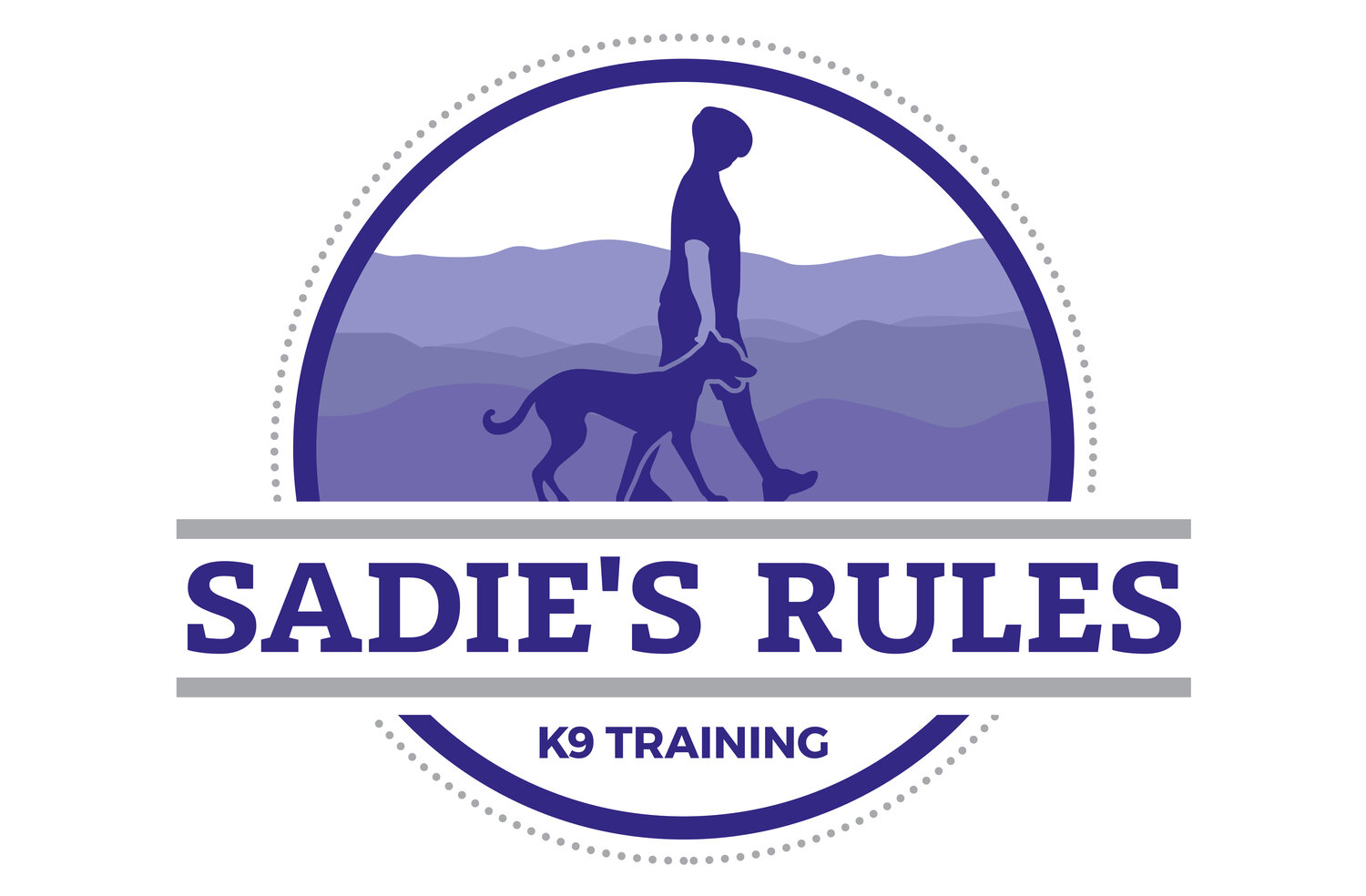You’ll be happy to know it takes just minutes to stop leash pulling! With the right tools and training techniques, pulling can be stopped very, very quickly. Certainly in only ONE dog training lesson. I teach heel in a 2-package lesson so that I can help the human end of the leash practice the techniques and learn the nuances of communicating with their dog, but not because it actually takes two lessons for the dog to stop pulling. If this is shocking information, keep reading—and know that you’re not alone. Many dog owners are duped into thinking they have to spend 6+ months working on their dog’s leash behavior. If a dog trainer tells you this, do not give them your money!
Here are three key concepts that allow us to stop leash shenanigans almost instantly.
First, tools are important.
Training tools are your method of communication. If you’re trying to teach your dog to heel on a harness, that means you’re trying to communicate with your dog via the harness… which is a lot like trying to make a phone call via a tin can and a string. That call is not going to go through.
We train with prong collars and e-collars for a reason: they are outstanding tools for communication! Most folks assume these tools are only used for correction; they are, but that’s not all they’re used for. The majority of the time we use them to communicate with the dog, which is not an aversive experience.
Second, the tools don’t train the dog.
That being said, the tools don’t train the dog—training trains the dog. Using the right tools is a good first step but the tool is ineffective if you don’t use it properly. This is why you still see dogs in prong collars pulling on the leash, or why you hear people say the prong collar “didn’t work” for their dog.
The training technique we use to teach a dog to walk politely is called pressure and release. You’ve likely heard me talk about this before—it’s the overall communication technique I apply whenever I communicate with a dog. In the context of leash walking, pressure and release looks a little something like this:
Dog pulls ahead, pressure turns on.
Dog moves back into position, pressure turns off.
Pressure can be slowly and steadily applied or it can come in shorter, faster bursts, but one way or the other it’s pressure (or its absence) that’s doing the talking. The dog learns that whenever he moves out of the heel position that feeling happens, and when he moves back into position that feeling goes away. It’s very clear.
Positive reinforcement is also involved. We don’t typically use food when working on leash manners—praise and even some light affection seem to work just fine. For best results, decide on a marker word and stick to it. A marker word is typically a one-syllable word that you use to “mark” when the dog responds appropriately. For example, if you choose “good” as your marker word, when you make a turn and the dog turns with you, you’d say “good” and keep on moving. Short, sweet, and to the point. Don’t try to pour on the affection and excitement while teaching leash manners—this could amp up your dog and derail your efforts! For best results, keep it SIMPLE with a marker word and add in a few pats to the head for an especially good job.
Finally, leverage leadership.
We need to shift into another gear when we’re teaching leash manners because when we’re out and about with our dog, we need our dog to listen to us and to defer to us. This requires a leader/follower relationship between you and your dog and, like anything else, this has to be practiced. When I played sports, my coach would remind us that “we play how we practice,” meaning if we give a lackluster performance during practice we’ll end up with a lackluster performance during the game. The same principle applies here. If you try to teach your dog heel without the leadership component, your dog will not defer to your leadership in key moments (on a busy trail, when approached by an off-leash dog, etc.).
“Being the leader” doesn’t mean you have to be rough, mean, or unforgiving. You will still be patient, but you’ll be persistent. You will be firm, but you will always be fair. You will be positive, but you will still remain calm and steady. Before you work with your dog on leash manners, take a moment to get yourself into this mindset. It goes a long way!


